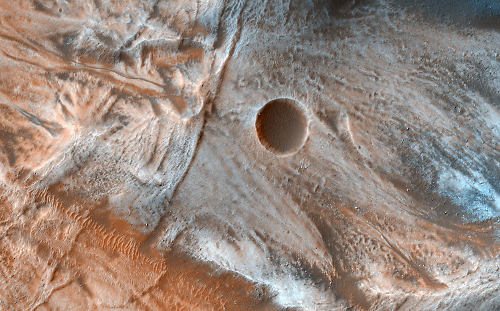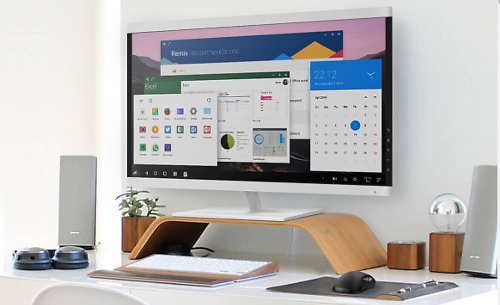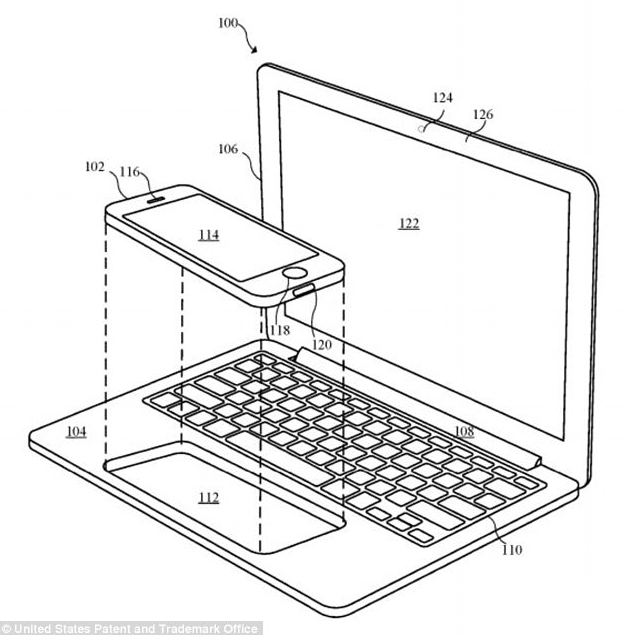Our Friends at Cloudwards.net have an Info-graphic on “World Backup Day – 2017” (which is every day!) Check it out here:
World Backup Day 2017
World Backup Day 2017 – What’s a backup?
“Welcome to World Backup Day 2017. Wondering what a backup even is? Don’t worry, my grandma has no clue either. So, for the benefit of my mother’s mother, and you of course dear reader, let’s find out what a backup is.
Simply put, a backup is the digital copy of your data saved somewhere that’s not your internal hard drive. So, if you save your pictures to an USB flash drive, that’s a backup. Save your entire collection of funny cat videos to an external hard drive, that’s a backup. Using an online company’s software and servers to save your entire computer, that’s really good backup.
Why Should Anyone Backup?
The correct question to ask is, why shouldn’t you backup? Fact is, files are precious and we need them on hand for a lot of things. Whether it’s baby’s first steps or a work portfolio template, certain information needs to be secured against loss and damage.
Which is why backup exists. So use it, and feel free to kick back knowing even if Thor accidentally smashes his hammer into your laptop, the backup is keeping the data all safe and secure.
Sounds like common sense right? Turns out common sense isn’t as common as its namesake. Check out these statistic:
- 113 phone are stolen every minute of everyday—costing consumers 30 billion every year.
- 29% of all electronic losses happen by accident
- 1-in-10 PCs are currently infected with a virus
- Over 30% of people never backup
To help prevent anything listed above from happening to you, please backup.
Want to hear another surprising statistic? Check this out…
Women Backup Up Better Than Men
Well, misogynists out there might like to take a pitchfork to this fact, but according to a survey conducted by Airbackup, the fairer sex are fairly better at keeping backups compared to men. The study also concluded that women are better at not losing their electronics, however the survey reviews were taken from personal statements, so take that as you will.
chromosomes aside, there are things we should all do to ensure there is always an available copy of our data.
We should always endeavor to kick laziness in the butt and regularly backup our digital content, avoid using smartphones to process our data, and do so on an established routine. Because facts are facts, machines will fail, it a when and not if scenario. Human error is also lurking around the corner, backed up by cronies such as natural disaster, theft and sometimes plain bad luck.
But, it’s not just private citizens that need a way to secure their data, some would say business have the real raw and important data. And that stuff needs to be backed up proper before companies start losing customers and respect.
THE IMPACT OF DATA LOSS ON BUSINESSES
There was a recent incident where one bank employee misplaced over 1000 customers’ data on an memory stick that was not properly encrypted. Here’s an even more shocking story, a second-hand laptop sold via Ebay turned out to have the banking info of over 1 million customers.
An undisclosed retail company operating at a national level once lost 26,000 employee records due to a stolen laptop. So let’s not underestimate the importance of having a proper back up to data that’s constantly connected.
And don’t be in any doubt about the importance of data to business, over 90% that suffer from total loss of said data shut down within two-years. It’s insanely vital to the health of a company. Any company that suffers from a disaster or flood, and doesn’t have a proper backup plan, statistics show about 80% of them shutdown within a year. 43% that manage to survive never fully recover, and over 50% suffering from computer failure end up seeing the shutters within 5-years.
Basically, businesses need backup.
Don’t believe me? Let’s up the ante and go really crazy with statistics. The following sectors had to deal with a combined loss of thirteen million three hundred ninety-six thousand USD:
- Banking
- Energy
- Manufacturing
- Financial institutions
- IT
- Retail
- Insurance
- Pharmaceuticals
Whether small, large or medium, a badly staffed, under trained or simply out of luck (not much can be done if there’s a data center outage) IT staff can cause anywhere from 55,000 to over a million bucks in lost revenue.
How to Backup
Hopefully, all these facts and figures have helped changed your mind about backing up. Company, family or individual, we all hold various forms of data dear to us, and so there shouldn’t be reason why we don’t look after it.
Backup Type 1: USB Drive
USB Drive, also know as thumb drives, provide a quick and localized solution to backing things such as documents, photos and even a few songs. They’re not meant for heavy duty backups, and they can easily be lost or corrupted. But they’ll do just fine in a pinch for small amounts of data. They can also be encrypted and password protected.
Backup Type 2: External HDD
Basically the same concept as USB drives, external hard drives can offer anywhere from 250GB to 3 Terabytes (that’s 3,000 GB) of extra space, and they tend to be faster and more stable than a USB drive. Also, they work well as machines to use for incremental saves and recovery, with software like Time Machine.
But, HDDs are still psychical machines prone to accidents, viruses and what not. Encryption and password gates are also fully supported.
Backup Type 3: Online Backup
Now were dealing with Cloudwards.net‘s specialty area, online backup. We’ve got the best of the best reviewed, scored and ready for you to pick through. But still, a small intro is in order for first timers, as it’s not as straightforward as localized backups are.
Basically, it’s a monthly service that takes your data, transfers it via the internet to their own HDDs in some far off country or area which has a data center housing that HDD. The HDD is a part of a server that works tirelessly to backup all your data and its incremental updates.
Of course, how fast this process happens depends on a user’s internet speed. Uploading all your data initially could take days, weeks or months depending on your speed, the online backup company chosen and the amount of data being transferred. Some companies will ship customers an HDD to fill up, and then it gets shipped back and backed up quickly by the company.
Once the mother load is backed up, small alterations or new additions get backed up much faster. The good news is, backup software does not get in the way of daily computer usage, so have no fear that online backup will interfere with Reddit and YouTube time.
Fraud: The Silent Boogeyman Man
We’ve talked a lot about various unfortunate factors that can result in data loss. But we haven’t really touched on the issue of fraud. See, data such as your e-mails, social security, address, credit cards details are very valuable, both to yourself and to some rather unsavory kind of people.
And they hit companies hard, Dropbox, a major player in the cloud storage field has had more than enough to deal with lately, thanks to social engineering scams and online fraud. My point is, there’s no such thing as a free lunch. Always stay on top of your security details and avoid uploading them online if you’re not absolutely sure they’ll be safe.
However, there are cloud storage providers and online backup companies that deal almost exclusively in securing and hiding important data. SpiderOak being a prime example. So if security with your online backup is a must have, there are solutions out there available. Feel free to peruse our reviews section to check them out, or e-mail us for a more direct approach.
The Cloud is Popular
Cloud storage and backup is the way to save, work and secure files. There’s no denying this fact. Dropbox alone has over 300 million customers and there are rivals out there trying very hard to surpass those figures. The industry made a combined $32 billion in 2013, and various reports estimate the figures will continue to skyrocket as the years go by.
The cloud is tomorrow in a nutshell, it’s how we will all interact, consume media, save work and just generally live our lives by. From maps, songs, movies to games—the cloud is the next big step.
So, we hope you enjoyed and learned something from our look into backing up, a rough overview of how it works and the realities and risks involved, plus a summary of the future.”





 There may be a lot of ice on Mars!
There may be a lot of ice on Mars! Do you want to “revive” an old PC and turn it into an Android software running powerhouse? Try Remix OS!
Do you want to “revive” an old PC and turn it into an Android software running powerhouse? Try Remix OS!